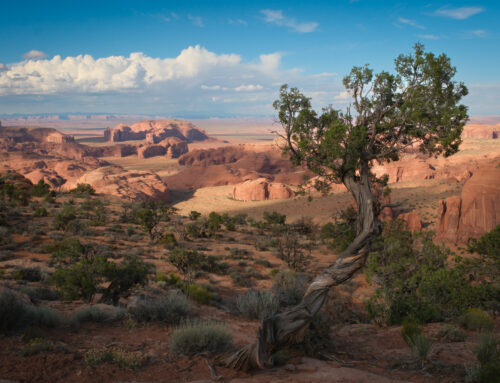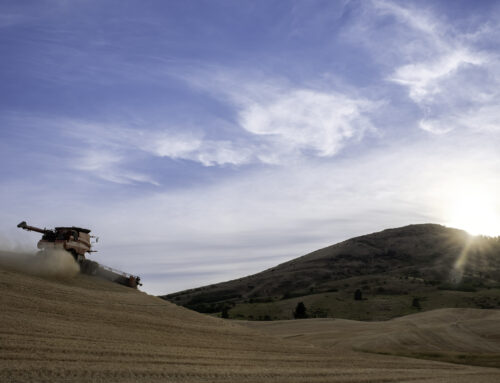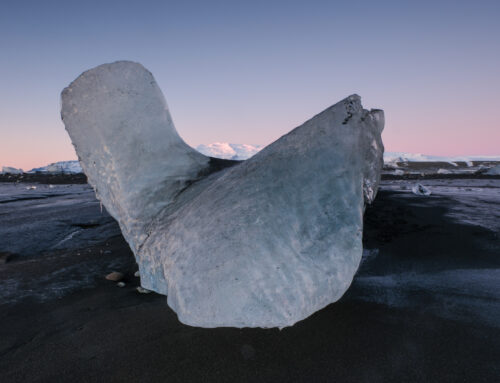I’ve just returned from a winter trip to the Grand Teton National Park and Jackson Wyoming, which is turning into a yearly tradition. 5 days, over 1900 miles driven, (one cracked windshield and one nail in tire with a slow leak, 700 frames captured, good times and some laughs with others in our group. All in all it was a successful trip by most measures.
There’s nothing like being in the park without all of the tourists, just the solitude of the surroundings, snow gently falling, perhaps watching a coyote hunting for food, or sometimes simply watching the clouds pass across the cold landscape. With out a doubt this a beautiful park any time of the year. Spring sees the snow slowly retreating and the foliage making an appearance along with the animals increasing in activity. Summer is fantastic and fall is sublime with the amazing colors in the park. However, the park is so crowded that it is sometimes very difficult to have an “outdoor experience” or connect with your surroundings.
At the beginning of winter, all the tourists have left, the animals are preparing for the long winter ahead, some of the roads are closed already so access is somewhat limited and it feels like you have the entire park all to yourself. the quietness is amazing! We saw a few park rangers, maybe 5 other photographers and a couple of sightseers……otherwise, nobody!
This is my 6th winter in the park and each year is significantly different. Of course, a lot depends on the weather and other natural factors. Likewise, the growth and maturity of my photography has an impact on what kinds of images I capture as well as my “connection” to my surroundings when I’m there. In reviewing my images, I see a uniqueness to this trip that is very different from previous ones, which makes me happy as I don’t try to repeat myself, but continue to grow and evolve and bring new energy to familiar places.
Because of the weather and the access, landscapes are usually reduced to more simplistic compositions. When the mountains show themselves, they dominate the landscape and continually draw the eye. Easy to photograph and get that “trophy” of the park. However, when they are not visible, as a photographer, that is when the art can really begin. “Seeing” different compositions, isolating subjects, conveying the mood of the landscape, portraying the cold desolation of what it must have been like to live there way back when….those are the stories to tell.
We chased the light throughout the park for several days, alternating between landscape/nature shots and the occasional wildlife encounters (moose, coyote, bighorn sheep, trumpeter swans, bison). With massive winter storms moving in to the Western U.S., I made the decision to cut the trip short by a day in order to have a safer return trip home. Driving through Wyoming and the vast fields of Idaho, then the Blue Mountains of Oregon and finally the Columbia River Gorge, part of a successful trip is returning home successfully.
(originally published 12/14/16)






I’d love to go there and look for dinosaur fossils… but i’m sure it is not permissible to remove them.
In the national park I think you’re right but u could go just outside the boundary